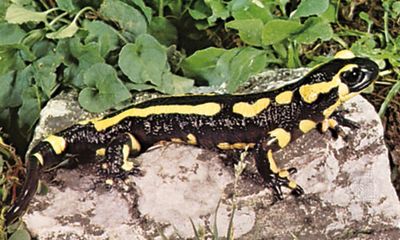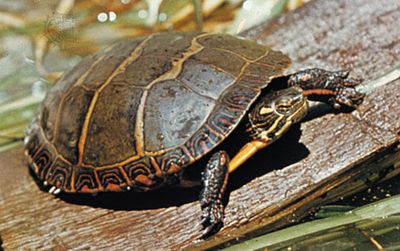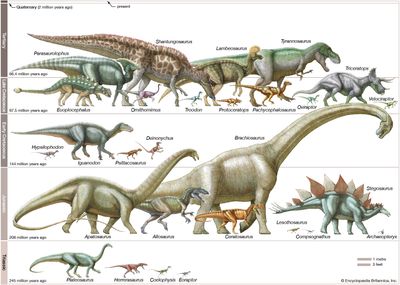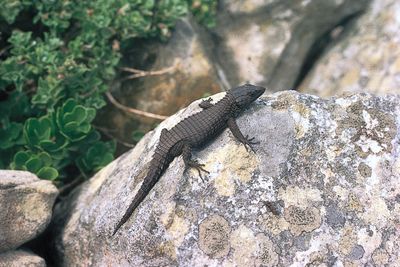Birds, Reptiles & Other Vertebrates
Although it can be hard to imagine that a peacock and a crocodile have much of anything in common, these animals are actually descendants of the same prehistoric vertebrates. Birds are thought to have descended from carnivorous dinosaurs that began growing feathers by the Late Jurassic Period; thus, birds are technically one lineage of reptiles. This evolutionary link highlights the way in which seemingly incongruous creatures can, in fact, share a common ancestor (though that doesn't mean that we should expect waterfowl and crocodiles to become friends anytime soon).
Browse Subcategories
Birds, Reptiles & Other Vertebrates Encyclopedia Articles
See articlesFeatured Articles
amphibian
Amphibian, (class Amphibia), any member of the group of vertebrate animals characterized by their ability to exploit both aquatic and terrestrial habitats. The name amphibian, derived from the Greek amphibios...
chondrichthyan
Chondrichthyan, (class Chondrichthyes), any member of the diverse group of cartilaginous fishes that includes the sharks, skates, rays, and chimaeras. The class is one of the two great groups of living...
fish
Fish, any of approximately 34,000 species of vertebrate animals (phylum Chordata) found in the fresh and salt waters of the world. Living species range from the primitive jawless lampreys and hagfishes...
snake
Snake, (suborder Serpentes), any of more than 3,400 species of reptiles distinguished by their limbless condition and greatly elongated body and tail. Classified with lizards in the order Squamata, snakes...
reptile
Reptile, any member of the class Reptilia, the group of air-breathing vertebrates that have internal fertilization, amniotic development, and epidermal scales covering part or all of their body. The major...
dinosaur
Dinosaur, (clade Dinosauria), the common name given to a group of reptiles, often very large, that first appeared roughly 245 million years ago (near the beginning of the Middle Triassic Epoch) and thrived...
turtle
Turtle, (order Testudines), any reptile with a body encased in a bony shell, including tortoises. Although numerous animals, from invertebrates to mammals, have evolved shells, none has an architecture...
bird
Bird, (class Aves), any of the more than 10,400 living species unique in having feathers, the major characteristic that distinguishes them from all other animals. A more-elaborate definition would note...
lizard
Lizard, (suborder Sauria), any of more than 5,500 species of reptiles belonging in the order Squamata (which also includes snakes, suborder Serpentes). Lizards are scaly-skinned reptiles that are usually...
Birds, Reptiles & Other Vertebrates Subcategories
 Amphibians
Amphibians
Amphibians are characterized by their ability to experience the best of both worlds in terms of living arrangements: they can inhabit both aquatic and terrestrial ecosystems. Some species of amphibians have picked sides, however, and dwell exclusively in the water or on land. Today's amphibians include frogs and toads, newts and salamanders, and the wormlike amphibians known as caecilians.
Articles
-
salamander
amphibian
-
hellbender
salamander
-
midwife toad
amphibian
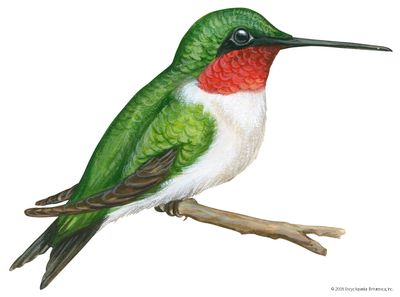 Birds
Birds
Hummingbirds, chickens, flamingos, pheasants: birds may come in all different shapes and sizes, but they all possess feathers, which is the easiest way to distinguish them from all other animals. Although not all species of bird can fly (sorry about that, ostriches), many birds do enjoy the power of flight, and this has permitted an almost unlimited diversification of birds, so that birds are now found virtually everywhere on Earth.
Articles
-
woodpecker
bird
-
nuthatch
bird
-
gyrfalcon
bird
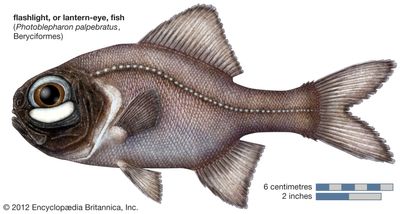 Fish
Fish
Fishes have been in existence for more than 450 million years, and they have evolved to fit into almost every conceivable type of aquatic habitat, including both fresh and salt waters. Almost all natural bodies of water bear fish life, with the exception of very hot thermal ponds and extremely salt-alkaline lakes, such as the Dead Sea in Asia and the Great Salt Lake in North America. Although most fish species are cold-blooded, one especially contrarian species, the opah (Lampris guttatus), is warm-blooded.
Articles
-
whale shark
fish
-
seahorse
fish
-
tropical fish
zoology
 Reptiles
Reptiles
Turtles, tuatara, lizards and snakes, and crocodiles make up the major groups of living reptiles today, and they collectively account for over 8,700 species. Plesiosaurs, pliosaurs, ichthyosaurs, and dinosaurs are part of the diverse group of now-extinct reptiles that were once found on Earth but that we are now unlikely to encounter.
Articles
-
lizard
reptile
-
sea turtle
reptile
-
king cobra
reptile

